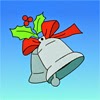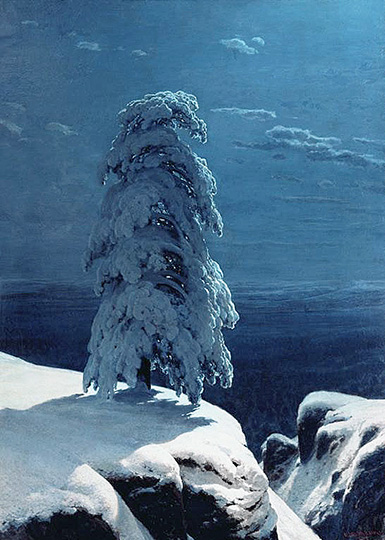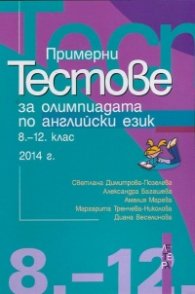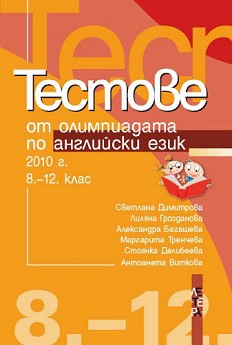Коляда является славянским праздником.
Праздник отмечается
во время зимних святок - с 25 декабря по 6 января.
Сочельник предшествует Рождество.Вечером главньıм блюдом
раньше бьıла медовая кутья-варëная пшеница с мëдом.Ещë подавали сочни.От сочней
и пошло название вечера.
В сочельник до „вечерней звезды” ничего не ели и не садились
за стол. Родители рассказывали
детям о том, как волхвы пришли поклониться новорожденному Иисусу Христу и
принесли ему дорогие подарки. Ребятишки с малых лет перенимали от старших не
только народную мудрость, но и сложившиеся веками традиции и обычаи.
В домах
украшали любимую с детства рождественскую елку. Вечная зелень ели и других
растений (можжевельника, лавра, омела) была символом неувядающей жизни
Вечером в доме накрывается праздничный стол.
Угощения со
стола раздаются нуждающимся, а также предназначаются для колядовщиков. С утра
начиналось колядование.
По окончании ужина
молодежь идет колядовать - люди поют песни, смеются, шутят и все это
сопровождается громким шумом и звоном различных предметов. Колядующие заходят
во все дома, куда могут, а хозяева щедро их одаривают угощением, чтобы год стал
успешным. До позднего вечера ходили ряженьıe с песнями , частушками,
заклинаниями, молитвами.
А в ночь на 25 декабря по всей стране, в малых и больших
церквах, совершалось торжественное Богослужение. С самого утра Великого дня Рождества славили
Христа: ходили «со звездой» по домам, пели церковные гимны и народные колядки о
рождении Младенца от Девы, о простых пастухах и мудрых волхвах.
Рождество отмечается Руской церковью после Нового года-7-
ого января.
В съставянето на материала е участвала ученичката Радостина Танушева от IXа клас














.jpg) le
le 

.jpg)

.jpg)







.jpg)







